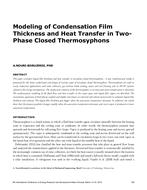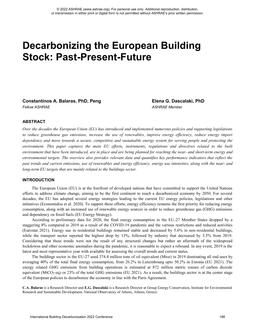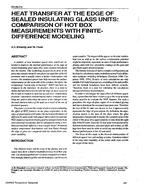The dairy industry is one of the most energy-intensive sectors in food processing. The high level of energyconsumption is attributed primarily to concentration and spray drying. One overall objective is to significantly reducethis energy consumption. Savings are expected to reach more than 60 percent. The German Ministry for EconomicAffairs and Energy Public Relations provides a subsidy for energy-efficient and climate friendly production processes.This program is a good opportunity for the dairy sector in Germany and will lead to increased competitiveness. As asecondary effect, the program helps analyze the concurrence between process and infrastructure as HVAC, energysupply and co-generation.
The presentation will focus on spray dryer plants. The objective is a systematic re-design and re-optimization ofthe process for milk-to-powder production in combination with new innovative technologies using the link to lowtemperature sources and saving potentials. This especially includes the interface to the HVAC, utilities and power stationof a dairy factory.
Instead of only optimizing specific units, the paper will evaluate the interactions within the whole process chainand the infrastructure. In this way, the full optimization of the process can be obtained.
This paper will initially present a summary of spray drying process and energy use. This will be followed by adiscussion of energy-efficiency opportunities available at food plants. Using the example of two running projects, thepaper will provide specific primary energy savings based on case studies. It will also list costs and typical payback periods.Due to similar process technology within dairy plants, the energy-efficiency measures and results discussed here can beapplied worldwide.
Citation: 2017 Winter Conference, Las Vegas, NV, Conference Papers
Product Details
- Published:
- 2017
- Number of Pages:
- 6
- Units of Measure:
- Dual
- File Size:
- 1 file , 590 KB
- Product Code(s):
- D-LV-17-C022


